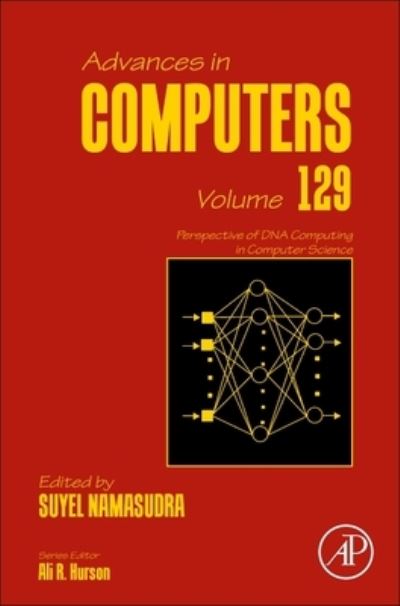
DNA or Deoxyribonucleic Acid computing is an emerging branch of computing that uses DNA sequence, biochemistry, and hardware for encoding genetic information in computers. Here, information is represented by using the four genetic alphabets or DNA bases, namely A (Adenine), G (Guanine), C (Cytosine), and T (Thymine), instead of the binary representation (1 and 0) used by traditional computers. This is achieved because short DNA molecules of any arbitrary sequence of A, G, C, and T can be synthesized to order. DNA computing is mainly popular for three reasons: (i) speed (ii) minimal storage requirements, and (iii) minimal power requirements.
There are many applications of DNA computing in the field of computer science. Nowadays, DNA computing is widely used in cryptography for achieving a strong security technique, so that unauthorized users are unable to retrieve the original data content. In DNA-based encryption, data are encrypted by using DNA bases (A, T, G, and C) instead of 0 and 1. As four DNA bases are used in the encryption process, DNA computing supports more randomness and makes it more complex for attackers or malicious users to hack the data. DNA computing is also used for data storage because a large number of data items can be stored inside the condensed volume. One gram of DNA holds approx DNA bases or approx 700 TB. However, it takes approx 233 hard disks to store the same data on 3 TB hard disks, and the weight of all these hard disks can be approx 151 kilos. In a cloud environment, the Data Owner (DO) stores their confidential encrypted data outside of their own domain, which attracts many attackers and hackers. DNA computing can be one of the best solutions to protect the data of a cloud server. Here, the DO can use DNA bases to encrypt the data by generating a long DNA sequence. Another application of DNA computing is in Wireless Sensor Network (WSN). Many researchers are trying to improve the security of WSN by using DNA computing. Here, DNA cryptography is used along with Secure Socket Layer (SSL) that supports a secure medium to exchange information. However, recent research shows some limitations of DNA computing. One of the critical issues is that DNA cryptography does not have a strong mathematical background like other cryptographic systems.
This edited book is being planned to bring forth all the information of DNA computing. Along with the research gaps in the currently available books/literature, this edited book presents many applications of DNA computing in the fields of computer science. Moreover, research challenges and future work directions in DNA computing are also provided in this edited book.
| ISBN: | 9780323855464 |
| Publication date: | 24th February 2023 |
| Author: | Suyel Namasudra |
| Publisher: | Academic Press an imprint of Elsevier Science |
| Format: | Hardback |
| Pagination: | 400 pages |
| Series: | Advances in Computers |
| Genres: |
Computer programming / software engineering Mathematics |